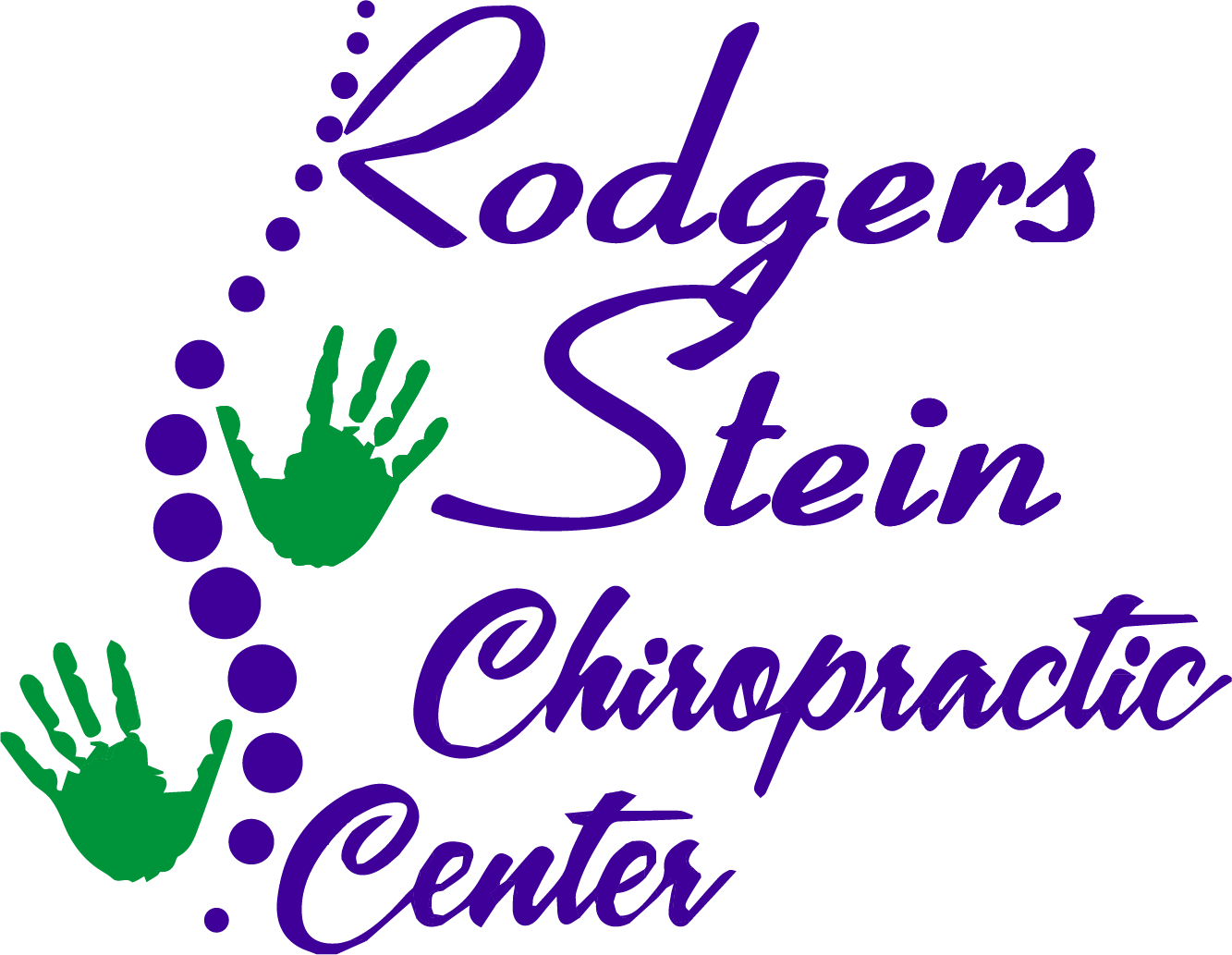If you've been struggling with chronic back pain, you're not alone, and it's crucial to explore effective remedies. You might find that a combination of physical therapy and tailored exercises can greatly improve your situation. Alongside this, heat and cold therapy offers immediate relief, while mindfulness techniques may help you manage pain perception more effectively. But that's just the beginning. There are several other remedies worth considering that could change how you cope with discomfort. Curious about the options that might work best for you?
Physical Therapy
When it comes to alleviating chronic back pain, physical therapy offers a proven path for many individuals. You'll find that working with a trained physical therapist can help you regain strength, flexibility, and mobility. They'll assess your specific condition, tailoring a program that addresses your unique needs and goals. This personalized approach not only targets your pain but also helps prevent future issues.
During your sessions, expect a combination of exercises designed to strengthen your core muscles, improve posture, and enhance overall balance. You'll learn how to engage your muscles properly, which can considerably reduce strain on your back.
Your therapist might also incorporate manual therapy techniques, which involve hands-on manipulation of the muscles and joints. This can help ease tension and improve circulation in the affected areas.
Additionally, you'll receive guidance on proper body mechanics for daily activities, ensuring you're using your body safely and effectively. This education is essential; it empowers you to take control of your pain management outside of therapy sessions.
As you progress, your therapist will adjust your routine based on your improvement, keeping you challenged and motivated.
Heat and Cold Therapy
When it comes to managing chronic back pain, heat and cold therapy can be game changers.
You'll find that applying heat helps relax and soothe tight muscles, while cold therapy can reduce inflammation and numb sharp pain.
Understanding how to use these techniques effectively can make a significant difference in your comfort level.
Benefits of Heat Application
Applying heat can greatly relieve chronic back pain for many individuals. Heat therapy works by increasing blood flow to the affected area, promoting healing and reducing stiffness in your muscles. When you apply heat, you'll often feel a soothing sensation that helps to relax tense muscles and alleviate discomfort.
You can use various methods to apply heat, such as heating pads, warm towels, or even taking a hot bath. Each method offers its own benefits, allowing you to choose what feels most comfortable for you.
Furthermore, heat can be particularly effective for pain related to muscle spasms or strains, as it helps to ease tension and promote relaxation.
Additionally, heat therapy can improve your overall flexibility. By loosening tight muscles, you can increase your range of motion, making it easier for you to perform daily activities without discomfort.
Just remember to apply heat for about 15-20 minutes at a time, and be cautious not to overheat the area, as this can cause skin irritation. Incorporating heat therapy into your routine can be a simple yet powerful way to manage chronic back pain effectively.
Cold Therapy Techniques
While heat therapy can be beneficial for easing muscle tension and promoting relaxation, cold therapy offers a different approach to managing chronic back pain. Cold therapy, or cryotherapy, works by reducing inflammation and numbing sharp pain. When you apply a cold compress or ice pack to the affected area, it constricts blood vessels, which helps minimize swelling and slows down nerve activity.
To effectively use cold therapy, wrap ice in a cloth or use a gel pack to avoid direct contact with your skin. Apply it for about 15 to 20 minutes at a time, allowing at least an hour between applications. This can be especially helpful after physical activity or when you feel a flare-up of pain.
You might also consider using a cold gel or spray for convenience, especially if you're on the go.
Remember, while cold therapy is effective, it's not a long-term solution. Incorporating it with other treatment methods, such as physical therapy or exercise, can improve your overall back health.
Always consult with a healthcare professional before starting any new treatment regimen to verify it's right for you.
Exercise and Stretching
Exercise and stretching play an essential role in alleviating chronic back pain. Engaging in regular physical activity strengthens the muscles that support your spine, improving overall stability and reducing discomfort. Start with low-impact exercises like walking, swimming, or cycling. These activities promote blood flow, helping to nourish your muscles and joints.
Incorporating stretching into your routine can also be beneficial. Focus on stretches that target your back, hips, and hamstrings. For instance, try the cat-cow stretch, which enhances flexibility and relieves tension in your back. Another effective stretch is the child's pose, allowing you to gently elongate your spine. Hold each stretch for 15 to 30 seconds and repeat them several times.
It's vital to listen to your body while exercising. If you experience pain, don't push yourself too hard; instead, modify the activity or consult a healthcare professional. Consider engaging in activities like yoga or Pilates, which combine strength, flexibility, and core stability. These practices can help you develop a balanced body, reducing the risk of future pain.
Lastly, consistency is key. Aim for at least 30 minutes of moderate exercise most days of the week. As you build strength and flexibility, you'll likely notice a decrease in back pain.
Mindfulness and Meditation
Finding calm amidst the chaos of chronic back pain can be transformative, and mindfulness and meditation offer powerful tools to achieve that. By focusing on the present moment, you can cultivate a sense of peace and reduce the emotional toll that pain often brings. Mindfulness encourages you to observe your thoughts and feelings without judgment, helping you to detach from the discomfort and regain control over your experience.
To get started, find a quiet space where you won't be disturbed. Sit comfortably, close your eyes, and take a few deep breaths. As you inhale and exhale, direct your attention to your breath. When thoughts about your pain or daily stressors arise, acknowledge them but gently guide your focus back to your breathing.
This practice can help you develop a greater awareness of your body and its sensations, allowing you to recognize tension and discomfort without becoming overwhelmed.
Meditation can further enhance this practice. You might try guided meditations specifically designed for pain relief, or simply visualize a serene place where you feel relaxed. Set aside a few minutes each day for mindfulness or meditation, gradually increasing the duration as you become more comfortable.
Over time, you'll likely find that these techniques not only help with pain management but also improve your overall emotional well-being. Embracing mindfulness and meditation can empower you to navigate chronic back pain with a renewed sense of strength and resilience.
Acupuncture
If you're looking for an alternative approach to managing chronic back pain, acupuncture might be worth considering.
This ancient practice involves inserting thin needles at specific points in your body to promote healing and relieve discomfort.
Many people find it beneficial, not just for pain relief, but also for enhancing overall well-being.
How Acupuncture Works
Acupuncture, a key component of traditional Chinese medicine, works by stimulating specific points on the body to promote natural healing and pain relief. During an acupuncture session, a trained practitioner inserts thin needles into these targeted points, often located along energy pathways called meridians. This process encourages the flow of Qi (pronounced "chee"), which is believed to be the body's essential energy.
When you undergo acupuncture, these needles can elicit a range of responses. You might feel a slight prick or a sensation of warmth or heaviness as the needles activate your body's healing mechanisms. This stimulation can trigger the release of endorphins and other beneficial hormones, helping to reduce pain and improve overall well-being.
Many people find acupuncture effective for managing chronic back pain. By focusing on specific trigger points, the treatment aims to address muscle tension, improve circulation, and alleviate discomfort.
Significantly, acupuncture is relatively low-risk when performed by a qualified professional, making it a popular choice for those seeking alternative or complementary therapies. If you're considering acupuncture, consult with a trained practitioner to discuss your specific needs and concerns.
Benefits for Back Pain
Experience relief from chronic back pain with acupuncture, a treatment that offers numerous benefits. By stimulating specific points on your body, acupuncture can effectively reduce pain and inflammation. You'll likely notice a decrease in discomfort after just a few sessions, making it easier to engage in everyday activities.
One of the key benefits of acupuncture is its ability to promote relaxation. This can help alleviate tension in your muscles, which often contributes to back pain. As you relax, your body releases endorphins, the natural painkillers that can enhance your overall sense of well-being.
Acupuncture's holistic approach addresses not just the pain, but also the underlying issues that may be causing it. Whether it's stress, poor posture, or muscle imbalances, acupuncture can help restore balance in your body.
Additionally, this treatment is generally safe with minimal side effects, making it a viable option for many. You don't have to rely solely on medication for relief.
With regular acupuncture sessions, you can regain control over your back pain and improve your quality of life. So why not give it a try and see how it works for you?
Chiropractic Care
Chiropractic care has emerged as a popular option for those seeking relief from chronic back pain. This hands-on approach focuses on diagnosing and treating musculoskeletal disorders, particularly those related to the spine. By aligning your spine and improving its function, a chiropractor can help alleviate pressure on your nerves, reduce inflammation, and ultimately ease your pain.
When you visit a chiropractor, they'll typically conduct a thorough examination, which may include physical assessments and imaging tests. This helps them understand the root cause of your pain. Based on their findings, they'll create a personalized treatment plan tailored to your needs.
Treatment often involves spinal adjustments, which are gentle manipulations aimed at restoring proper alignment and mobility to your spine. Chiropractic care isn't just about immediate pain relief; it also emphasizes long-term wellness. Your chiropractor may suggest exercises or lifestyle changes that can strengthen your back and prevent future issues.
Regular visits can help you maintain ideal spinal health and improve your overall quality of life. Many people find chiropractic adjustments not only reduce their back pain but also enhance overall bodily function. Since this method is non-invasive and drug-free, it can be an appealing alternative to medication or surgery.
If you're struggling with chronic back pain, consider consulting a chiropractor. They can guide you through a tailored treatment plan that addresses your specific concerns and helps you reclaim an active, pain-free lifestyle.
Herbal Supplements
Exploring herbal supplements can be a valuable addition to your chronic back pain relief strategy. Many people find that natural remedies help ease discomfort and promote overall wellness. Here are some herbal options worth considering:
- Turmeric: Known for its anti-inflammatory properties, turmeric can help reduce pain and swelling.
- Willow Bark: Often referred to as nature's aspirin, willow bark has been used for centuries to alleviate pain.
- Ginger: This common spice may help reduce inflammation and pain, making it a great option for back relief.
When incorporating herbal supplements into your routine, it's crucial to consult with a healthcare professional. They can help determine the right dosage and make sure that the supplements won't interact with any medications you may be taking.
Remember, herbal remedies can take time to show effects, so be patient and consistent in your approach.
While these supplements can provide relief, they shouldn't replace other treatments like chiropractic care or physical therapy. Instead, consider them complementary options to enhance your overall pain management strategy.
Always purchase supplements from reputable sources to guarantee quality and safety. Keep an eye out for any side effects, and stop using a supplement if you notice any adverse reactions.
With the right mindset and approach, herbal supplements can be an effective tool in your journey toward chronic back pain relief.
Conclusion
Incorporating these remedies into your routine can greatly enhance your journey toward chronic back pain relief. By focusing on physical therapy, exercise, and mindfulness, you can build strength and resilience. Don't underestimate the power of heat and cold therapy, acupuncture, and chiropractic care in providing immediate comfort. Finally, consider herbal supplements like turmeric and ginger to support your overall health. With a thorough approach, you can reclaim your life and enjoy activities without the burden of pain.



